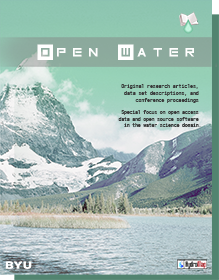Article Title
Facilitating Effective Utilization of Water Science Research Among Emergency Flood Responders
Keywords
Translate, Emergency Response, Communication Gap, Flood
Abstract
Emergency management practitioners, at all hierarchical levels, consider a communication gap to exist between the critical applied knowledge and understanding among emergency first responders (i.e., in the "social cloud" domain) of the scientific data and derived information available from water science research (i.e., in the "science cloud" domain). We posit that this communication gap and information transparency (i.e., synthesis) does not represent an engineering or hydrologic science problem but rather a translation and interpretation problem. The keys to understanding and resolving this chasm are efficiently and effectively sorting, organizing and synthesizing scientific information into useable, "personalized" packets for first responders and those in the hierarchical emergency management organizations and structures behind them. This approach is necessary to leverage the strengths of first responders and their essential job of saving lives and property in dangerous flooding scenarios. First responders need the results of scientific information, analysis and interpretation to shape their actions and optimize their job performance, based on best practices, in the face of serious high risk floods and ancillary dangers. Situational awareness is a key requirement for the safe deployment and monitoring of first responders. Thus the preferred delivery packet mechanism of the results of scientific information, analysis and interpretation information is through visualizations like 2D Maps, 3D visualization tools, GEO-PDF's as lite Geographic Information Systems (GIS) and so on where "a picture is worth a thousand words" because of how humans, under stress, can quickly process and understand visual information.
BYU ScholarsArchive Citation
Henson, Whitney E.; Garth, Richard; and Franklin, Christopher
(2021)
"Facilitating Effective Utilization of Water Science Research Among Emergency Flood Responders,"
Open Water Journal: Vol. 7:
Iss.
1, Article 5.
Available at:
https://scholarsarchive.byu.edu/openwater/vol7/iss1/5
